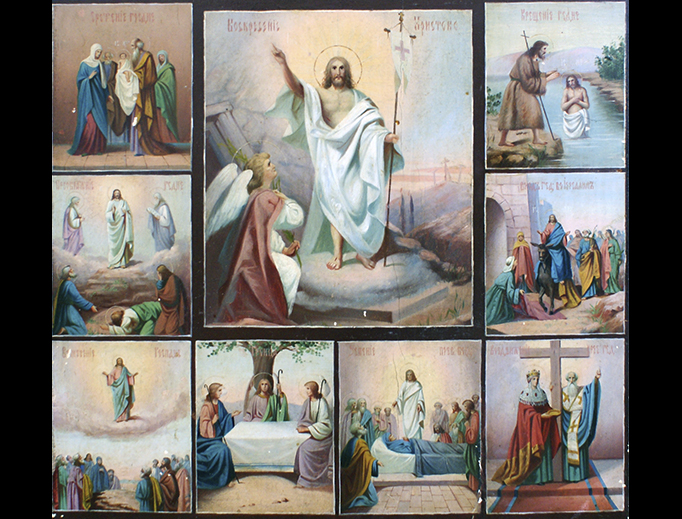Why Your View of the Resurrection Affects Your View of Everything Else
“The mystery of Christ's resurrection is a real event, with manifestations that were historically verified, as the New Testament bears witness.” (CCC 639)

Scripture attests that many religious leaders—the intelligentsia of their day—were often infuriated about the miracles that Jesus worked during His public life. The restoration of sight to the blind, the healing of paralytics, the casting out of demons: all these angered many of the leaders. But of all the physical miracles that Jesus performed, there was one that drove them to the brink: the raising of Lazarus from the dead. As Saint John Chrysostom writes: “No other miracle of Christ excited such rage as this. It was so public, and so wonderful, to see a man walking and talking after he had been dead four days. And the fact was so undeniable.”
Of course, this account reflects a contrast in our own day. Chrysostom notes that there was just too much evidence to deny that Lazarus had risen from the dead. By contrast, the Resurrection of Jesus is denied by so many people in our own day—no amount of evidence seems to suffice. To these skeptics, the evidence of the Resurrection not only fails to go beyond a reasonable doubt, but fails to even amount to a preponderance of evidence.
Rarely is this better illustrated than in the case of the Shroud of Turin. It’s not possible to explain all the evidence for the shroud here in a single blog; there are books, professional papers, and websites devoted to doing just that. Of course, Catholics are not bound to believe that the Shroud of Turin is authentic; it is not a requirement of the Catholic Faith. Much of our reason to accept the shroud as the burial cloth of Jesus is founded not on faith, but on physical evidence.
But the disbeliever is unmoved by this evidence. More than that, disbelievers have produced a considerable amount of literature dedicated to the idea that the Shroud of Turin is a hoax. But it doesn’t stop with the Shroud of Turin. Every Eucharistic miracle, including the heart tissue of Lanciano, must also be dismissed. Every healing at Lourdes must be dismissed. The tilma of Guadalupe must be dismissed. The miracle of the sun at Fatima must be dismissed.
But miracles are only the beginning. To deny God’s existence, Saint Thomas Aquinas’ five proofs for God’s existence must be dismissed. In fact, in large measure, metaphysics must be dismissed. As Parmenides, as well as Rodgers and Hammerstein, observed, “Nothing comes from nothing.”
When it comes to the subject of the Shroud of Turin, rather than asking where the shroud came from, perhaps we should ask a prior question: Where did Turin come from? Or even more fundamentally: Where did matter come from?
But with all the matter, the miracles, and metaphysics, the disbeliever does not reach a preponderance of evidence, much less go beyond a reasonable doubt.
At some point, we can reasonably wonder if one’s wholesale dismissal is a rejection of divine things or is, instead, a rejection of what one’s acceptance of divine things might mean for him. As so many have observed in so many ways: if one accepts the Resurrection, he might also feel compelled to follow the moral teachings of He Who rose from the dead. Because one thing is sure: everything rests on the fact of, and the belief in, the Resurrection. Perhaps many people are unwilling to accept the Resurrection for that reason. And so, they make jokes about Our Lord, laugh about Christianity, and snicker at us Christians.
But perhaps their laughing amounts to what is sometimes called “whistling past a graveyard.” When a person is inwardly troubled or frightened, he “whistles” in order to create the illusion that he is not troubled or frightened at all. Maybe he’s trying to convince himself, maybe he’s trying to convince others, maybe both. Hence, if a person is scared at the thought of passing a graveyard and its occupants, he whistles to hide his fear. So why does a person become so apprehensive when it comes to miracles—and most of all, to the Resurrection? Because his fear is that Jesus did rise. His only choice is to whistle past the tomb of Christ—not because it is occupied, but because it isn’t.













